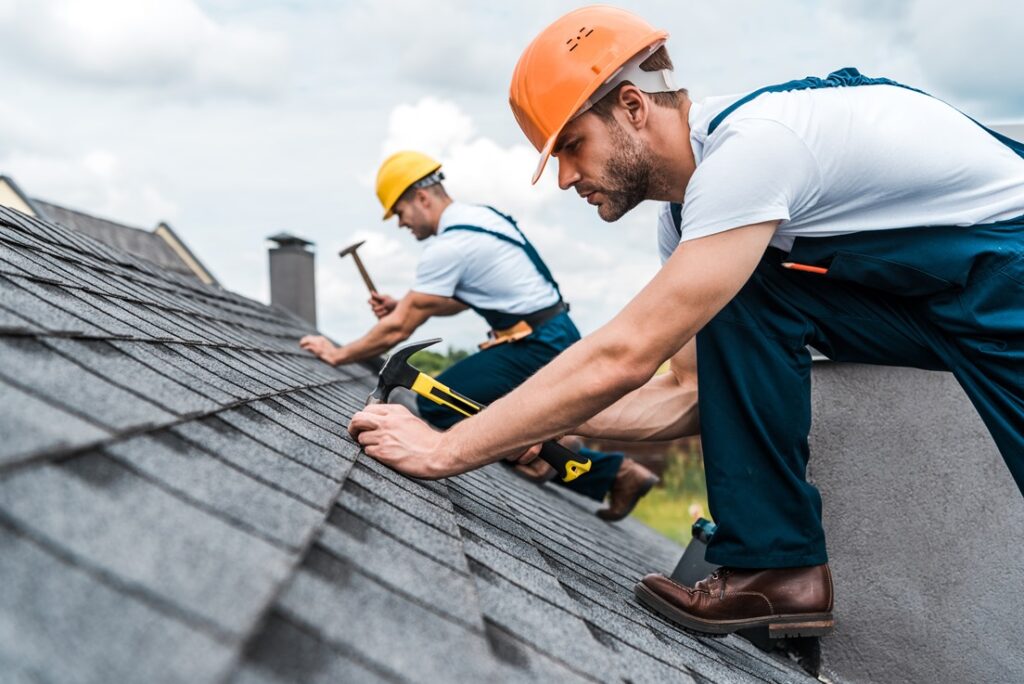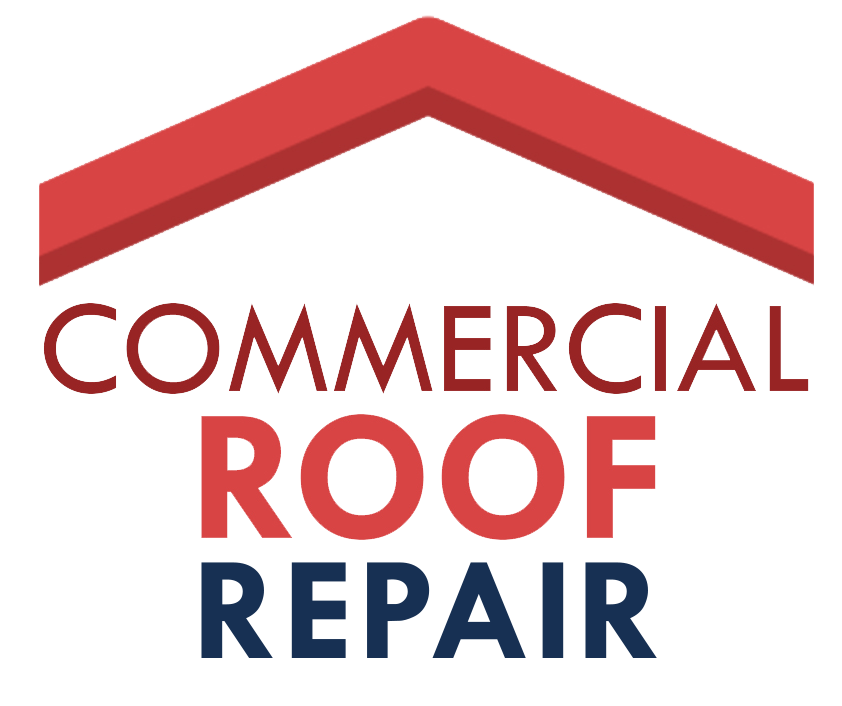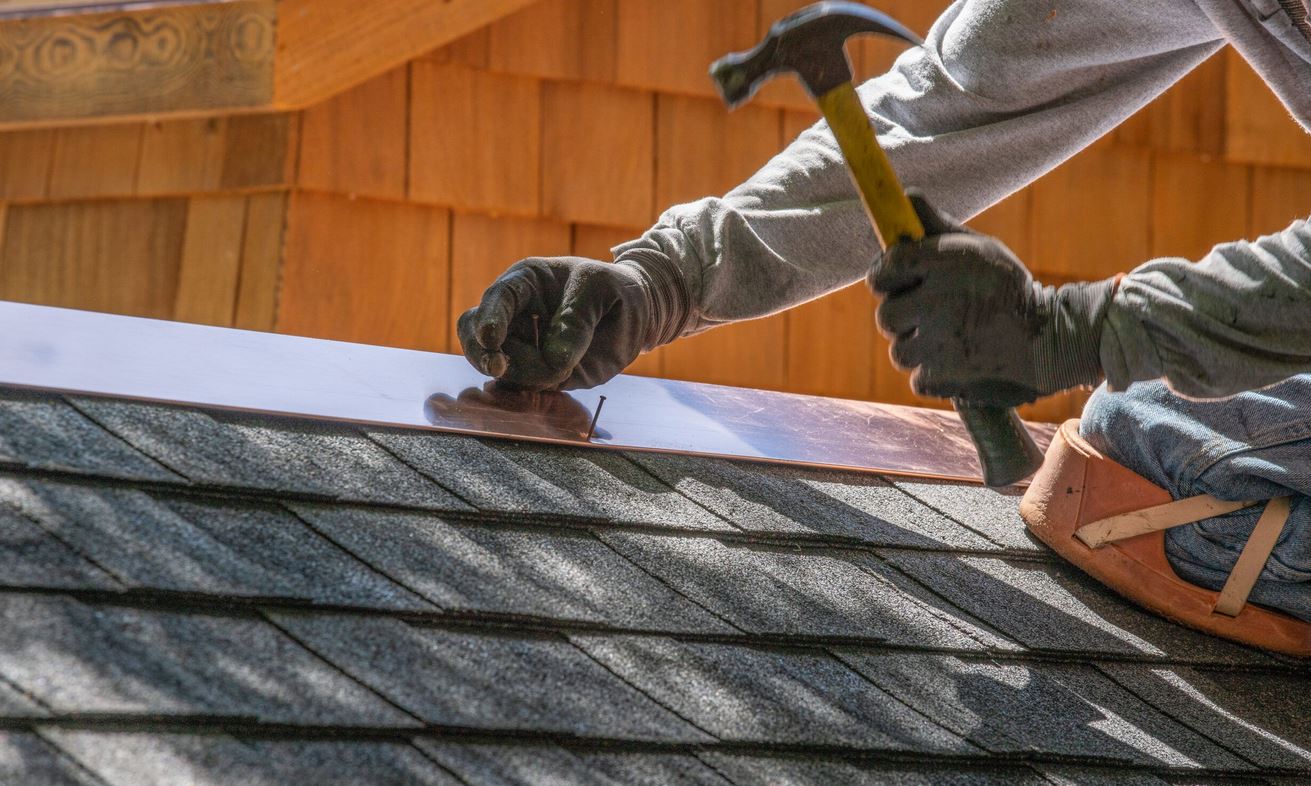Your home’s integrity begins with a solid roof overhead. Nonetheless, if your roof is impaired by leaks or damage, it can trigger a series of problems, from structural complications to health risks due to mold and mildew. In this comprehensive guide, we will explore the domain of damp roof repair, offering pragmatic solutions and priceless advice to guarantee your roof stays resistant to the elements, protecting your beloved home.
Table of Contents
Introduction
Your roof, the sentry of your home, shields it from nature’s elements. But when it fails, the consequences can be dire. This comprehensive guide is your roadmap through the world of wet roof repair, ensuring the longevity of your shelter.
Detecting Roof Leaks
Recognizing Telltale Signs
Early detection is your greatest ally in battling roof leaks. Keep an eye out for these warning signs:
- Stains on ceilings and walls
- Attic moisture or drips
- Missing, damaged, or curled shingles
- Shingle granules in your gutters
- Roof sagging or drooping
https://en.wikipedia.org/wiki/Roof_shingle
The Crucial Art of Timely Detection
Ignoring these signs is an invitation to more significant problems. Prompt action can prevent costly headaches down the road.
Root Causes of Roof Leaks
Weather’s Wrath
Extreme weather conditions like heavy rain, hail, or snow can gradually wear down your roof. Understanding your roof’s resilience is key to preventing leaks.
The Impact of Poor Installation
A roof is only as good as its installation. If your roof was poorly installed, problems will emerge sooner rather than later.
Aging Roof Materials
Over time, roofing materials deteriorate. Knowing your roof’s lifespan and the state of its components can guide your maintenance and repair decisions.

DIY vs. Professional Repairs
Knowing When to Take Charge
Deciding whether to embark on DIY roof repair or enlist a professional’s aid is a critical choice. We’ll explore both options’ pros and cons to empower your decision-making.
Essential Materials and Tools
Before you dive into wet roof repair, gathering the necessary materials and tools is essential. Here’s what you’ll need:
Armor for Your Roof
- Roofing Cement: High-quality roofing cement is indispensable for sealing cracks and gaps in your roof, creating a durable barrier against water intrusion.
- Roofing Tape: Reinforce weak areas and seams with roofing tape, providing extra protection against leaks.
- Replacement Shingles: Keep replacement shingles on hand that match your existing roof material for swift replacements.
- Flashing: Metal flashing is crucial for sealing joints and transitions on your roof, such as around chimneys and vents.
- Roof Sealant: A reliable roof sealant fills gaps and cracks, ensuring water can’t seep through.
Tools of the Trade
- Safety Gear: Prioritize safety with a hard hat, gloves, safety goggles, and sturdy work boots to prevent accidents during roof work.
- Ladder: Ensure you have a stable and tall enough ladder to reach your roof safely.
- Roofing Nails and Hammer: These are essential for securing shingles and flashing.
- Utility Knife: Useful for cutting roofing materials and trimming excess.
- Roofing Trowel: A trowel is handy for applying roofing cement and sealant.
- Caulking Gun: Needed for precise application of sealant.
Safety First: Prepping for Repairs
Before you commence your wet roof repair project, safety should be your utmost concern. Here’s what you need to do:
Equipped for Safety
Ensure you wear appropriate safety gear, including a hard hat, gloves, safety goggles, and work boots with good traction. Roof work can be hazardous, so taking precautions is essential.
Thorough Roof Inspection
Carefully inspect your roof from the ground before climbing up. Look for areas of concern and plan your repair strategy. It’s also crucial to check the weather forecast. Roof repairs should only be attempted in dry conditions.
Now that you’re geared up and ready to go, let’s move on to the actual repair process.
DIY Roof Repair: Step by Step
Cleanse and Prepare the Roof Surface
- Clear Debris: Begin by removing any leaves, branches, or debris from the roof. A clean surface is essential for proper adhesion of patching materials.
- Moss and Algae Removal: If you notice moss or algae growth on your roof, use a roof cleaner or a mixture of water and bleach to clean it off. A clean roof is less likely to develop leaks.
- Inspect Shingles: Carefully inspect your shingles for damage, cracks, or curling. Replace any damaged shingles as needed.
Mending with Roof Patching Materials
- Locate Leaks: Identify the specific areas where leaks are occurring. Look for cracks, gaps, or damaged flashing.
- Apply Roofing Cement: Using a trowel or putty knife, apply roofing cement generously over the damaged area. Ensure the cement extends beyond the damaged portion to create a watertight seal.
- Secure Shingles: If shingles are involved in the repair, place a layer of roofing cement under the shingle, press it down firmly, and secure it with roofing nails.
- Seal Joints and Flashing: Check all joints and flashing around vents, chimneys, and other roof penetrations. Apply roof sealant to any gaps or areas where water could infiltrate.
The Importance of Regular Roof Maintenance
Once your repairs are complete, make it a habit to perform regular roof inspections and maintenance. Catching and addressing issues early can save you from more extensive repairs in the future.
In the next section, we’ll explore when it’s best to seek professional assistance for wet roof repair and what to consider when hiring a roofing contractor.
DIY vs. Professional Repairs
Knowing When to Take Charge
Deciding whether to embark on DIY roof repair or enlist a professional’s aid is a critical choice. We’ll explore both options’ pros and cons to empower your decision-making.
Essential Materials and Tools
Before you dive into wet roof repair, gathering the necessary materials and tools is essential. Here’s what you’ll need:
Roof Patch and Henry Wet Patch
- Roof Patch: High-quality roof patch is indispensable for sealing cracks and gaps in your roof, creating a durable barrier against water intrusion.
- Henry Wet Patch: Henry’s wet patch is a reliable choice for repairing roof leaks quickly and effectively. It’s ideal for patches on wet surfaces.
Roof Leak Patch and Roof Tar Patch
- Roof Leak Patch: This specialized patch is designed to fix roof leaks efficiently, ensuring a watertight seal.
- Roof Tar Patch: Roof tar patch is heavy-bodied asphalt compound suitable for sealing roof leaks on wet surfaces.
Rubber Roof Cement and Henry’s Tar
- Rubber Roof Cement: Rubberized roof cement is an excellent option for repairs, especially on flat roofs. It provides exceptional adhesion and flexibility.
- Henry’s Tar: Henry’s tar is a versatile material that can patch holes and cracks in various roofing materials. It works well in cold temperatures.
Using Roof Cement and Rubberized Roof Cement
- Clear Debris: Begin by removing any leaves, branches, or debris from the roof. A clean surface is essential for proper adhesion of patching materials.
- Moss and Algae Removal: If you notice moss or algae growth on your roof, use a roof cleaner or a mixture of water and bleach to clean it off. A clean roof is less likely to develop leaks.
- Inspect Shingles: Carefully inspect your shingles for damage, cracks, or curling. Replace any damaged shingles as needed.
Spreading in Cold Temperatures
When working in cold temperatures, take precautions to ensure that the patching materials, such as roof tar patch, remain pliable and effective. You may need to warm the materials slightly before application.
Roof Sealant for Wet Surfaces
Choose a roof sealant that can be applied in the rain or under water if you’re dealing with wet surfaces. This specialized sealant is designed to create a waterproof barrier even in challenging conditions.

Hiring a Roof Repair Professional
While DIY repairs can be effective, some situations call for professional expertise. Here’s what you need to know when considering hiring a roofing contractor:
Picking the Perfect Pro
- Check Credentials: Ensure the contractor is licensed and insured.
- Ask for References: Request references from past customers to gauge their reputation.
- Written Estimate: Get a detailed written estimate that includes labor, materials, and a project timeline.
- Warranty: Inquire about their warranty for workmanship and materials.
The Rundown on Quotes and Estimates
Before making your decision, it’s advisable to gather multiple quotes and estimates from different contractors. This will help you compare costs and choose the best fit for your needs.
Contracts and Warranty Wisdom
Once you’ve selected a contractor, it’s essential to have a written contract that outlines all project details, costs, and a timeline. Additionally, ensure you understand their warranty policy before work begins.
The Price of Protection: Repair Costs
Weighing DIY vs. Professional Expenses
Consider the cost implications of DIY repairs versus hiring a professional. Sometimes, the investment in professional assistance pays off in the long run.
Uncovering Hidden Costs
Be aware of potential hidden costs associated with roof repairs, such as structural damage that may not be immediately visible.
Preventing Future Roof Leaks
An ounce of prevention is worth a pound of cure. Here’s how to safeguard your roof against future leaks:
Regular Roof Vigilance
Schedule regular roof inspections to catch issues early. Consider professional inspections at least once a year.
Gutters’ Guardianship
Maintain clean and functioning gutters to prevent water backup and potential roof damage.
Trimming Troublesome Branches
Trim tree branches that overhang your roof to prevent them from causing damage during storms or heavy winds.
Insurance and Wet Roof Woes
Navigating Insurance Claims
If your roof damage is due to a covered peril, file an insurance claim promptly. Document the damage thoroughly to support your claim.
Documenting Damage Deliberately
Take photographs and keep detailed records of the damage, including the date and any correspondence with your insurance company.
Conclusion
A wet roof need not spell disaster for your home. With the right knowledge and tools, you can take proactive steps to address and prevent roof leaks. Whether you choose the DIY route or seek professional assistance, your home’s protection should remain paramount.
Frequently Asked Questions (FAQs)
Can I effectively repair a wet roof myself?
Yes, you can undertake DIY roof repairs if you have the necessary tools and skills. However, for complex or extensive damage, it’s advisable to consult a professional.
What’s the recommended frequency for roof inspections?
Regular roof inspections at least once a year are recommended to catch issues early. Consider more frequent inspections after severe weather events.
Does homeowner’s insurance typically cover roof repairs?
Homeowner’s insurance may cover roof repairs if the damage is due to a covered peril, such as a storm. Review your policy for specifics.
What are some common myths about roof repair?
One common myth is that a roof repair is as effective as a full replacement, which is not always the case. Another is that small leaks are not a significant concern, but they can lead to more extensive damage if left unattended.
Are there environmentally-friendly roofing repair options?
Yes, there are eco-friendly roofing materials and repair methods available. Consider sustainable roofing materials and consult with contractors who prioritize environmental responsibility.

I come from an extensive family of construction professionals and have been around it most of my life. Early in my home renovation career, I remodeled several homes as well as built custom homes and additions.
Although this was a great experience, I decided to specialize in roofing and gutter systems because I enjoy interacting with customers and seeing their satisfaction when the job is done.

